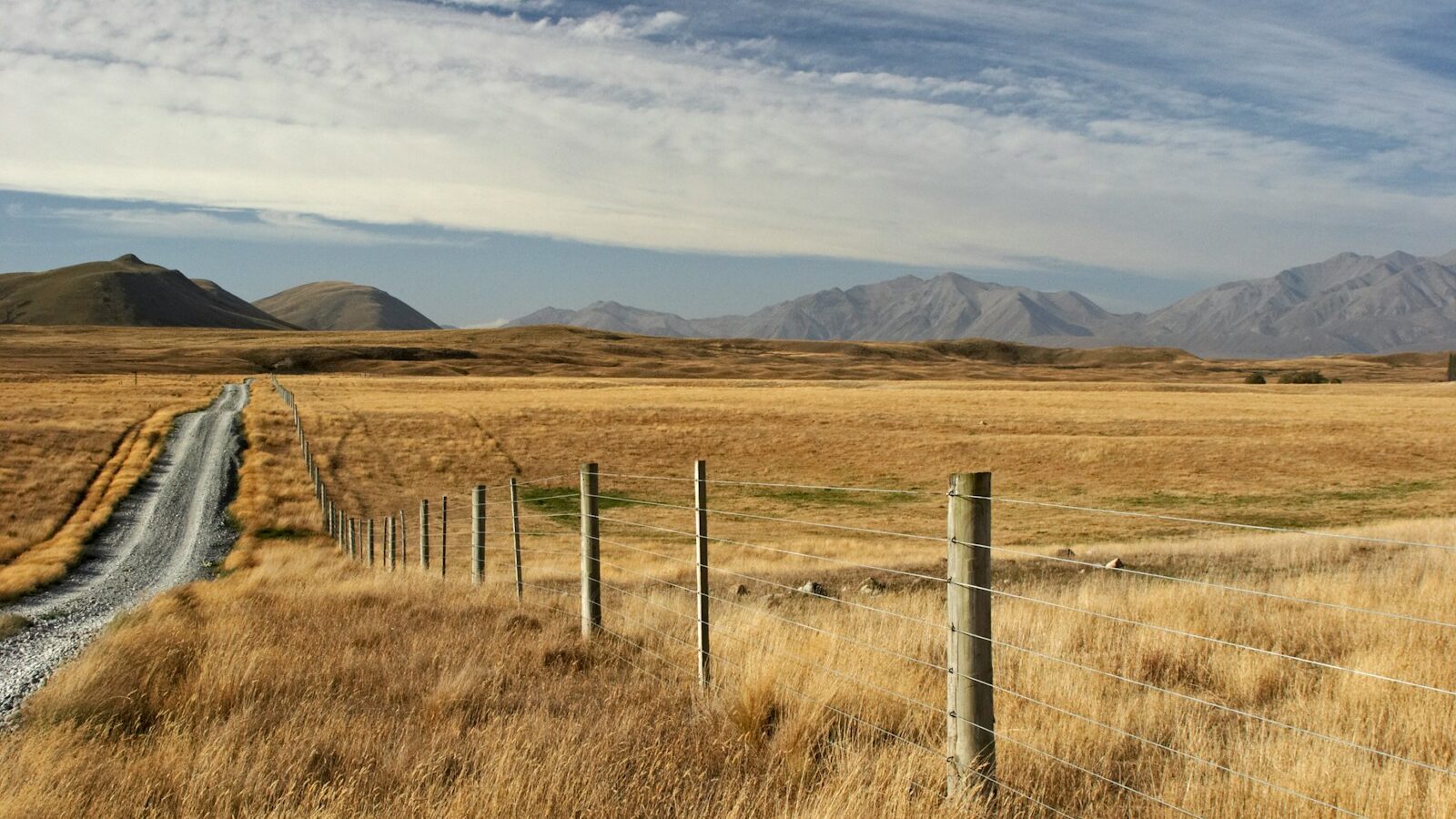From the moment Tom Cheesewright publicly declared himself a futurist he was inundated with interest from big companies. These organisations wanted to know how they could better understand what would happen in the next 5-10 years, how they could create a story from this understanding, communicate this story to the outside world and, most importantly, what to do about the future, once armed with better knowledge of it.
These are all good questions to ask. But why, all of a sudden, were these businesses approaching Tom for the answers?
For some of you the response “that change is happening faster than ever before” might spring to mind. Indeed, in a survey conducted by Tom Cheesewright, containing 2,000 participants, 77% agreed with this statement.
But for Tom, looking at change as being fast or slow is too simplistic. If we look at past events like the industrial revolution, the pace of change felt by people at the time would have been just as fast, just as dramatic, as the current grand arc of change we are experiencing today, he pointed out. What, then, can we say is distinct about today’s ‘rapidly changing’ environment?
Low frequency versus high frequency change
In his session, Tom spoke about seeing change as happening on a wavelength in which we can measure the amplitude and the frequency. By examining the type of change we face today through this lens, Tom argues that we can see not only the low frequency change that’s been experienced before, but also an unprecedented high frequency change brought on by globalisation and technology advancements.
In terms of low frequency change, Tom shared the example of domestic labour. Around 50 years ago we spent an average of 63 hours a week on household work. Today, we’re looking at around 18 hours a week. So across the space of half a century we have seen a slow decrease of around one-third in the time we spend on maintaining domestic responsibilities.
In stark contrast, we have the lifespan of the hoverboard. When introduced to the market these were selling for around £2,000 a go. Within three months you could buy one for £200 and the market boomed. But when the Department of Transport declared that hoverboards were not legal to ride anywhere in a public place, and a few exploded and burnt down family homes, the market suddenly crashed. With all of this happening in the space of six months, here is a perfect example of high frequency change, and it is this phenomenon that is drastically impacting businesses.
“Technology is life’s lubricant,” Tom remarked. “It takes the friction out of our lives, but it also creates a move towards high frequency change.”
Developing ‘athletic organisations’
Identifying this high frequency change begs the question of how businesses should effectively respond and adapt to it. Tom’s proposed solution is to work on building ‘athletic organisations’.
What does this entail?
-
Heightening our senses – employers must look beyond the realm of the company, to investigate what other companies, other industries, other countries are doing. With this understanding of the external world’s movements, leaders can glean a better idea of how to transform their business model to better prepare for the future.
-
Accelerating decisions – it’s imperative that our organisations are set up in a way that allows us to take in information more quickly and speed up our decision making, without diminishing the quality of those decisions. This means harnessing the power of real-time data and insights and empowering employees across all levels to make good decisions.
-
Building networks not monoliths – What we’re doing today will not be what brings us success tomorrow. Our businesses need to be able to flex and to reconfigure in order to be able to experiment with new ideas at ease. This means breaking down the layers of a business to create a network of entrepreneurialism.
As we move towards a more networked organisational structure, the skills required will be different. This is where the role of L&D is crucial for future success, as employees will need to be developed in three core areas, Tom explained. These are curation, creation and communication.
A good way of driving forward these new skills? Urge your employees to start a new hobby, Tom suggested. It reminds us that we do not know everything and that there is so much more we can learn.
Of course, this is just a starting point. And coming away from the session, the question that popped into my mind was “But what next?” How can L&D teams better embed these increasingly important skills into the business to keep pace with high frequency change?
Feel free to share your thoughts in the comments below…
From the moment Tom Cheesewright publicly declared himself a futurist he was inundated with interest from big companies. These organisations wanted to know how they could better understand what would happen in the next 5-10 years, how they could create a story from this understanding, communicate this story to the outside world and, most importantly, what to do about the future, once armed with better knowledge of it.
These are all good questions to ask. But why, all of a sudden, were these businesses approaching Tom for the answers?
For some of you the response “that change is happening faster than ever before” might spring to mind. Indeed, in a survey conducted by Tom Cheesewright, containing 2,000 participants, 77% agreed with this statement.
But for Tom, looking at change as being fast or slow is too simplistic. If we look at past events like the industrial revolution, the pace of change felt by people at the time would have been just as fast, just as dramatic, as the current grand arc of change we are experiencing today, he pointed out. What, then, can we say is distinct about today’s ‘rapidly changing’ environment?
Low frequency versus high frequency change
In his session, Tom spoke about seeing change as happening on a wavelength in which we can measure the amplitude and the frequency. By examining the type of change we face today through this lens, Tom argues that we can see not only the low frequency change that’s been experienced before, but also an unprecedented high frequency change brought on by globalisation and technology advancements.
In terms of low frequency change, Tom shared the example of domestic labour. Around 50 years ago we spent an average of 63 hours a week on household work. Today, we’re looking at around 18 hours a week. So across the space of half a century we have seen a slow decrease of around one-third in the time we spend on maintaining domestic responsibilities.
In stark contrast, we have the lifespan of the hoverboard. When introduced to the market these were selling for around £2,000 a go. Within three months you could buy one for £200 and the market boomed. But when the Department of Transport declared that hoverboards were not legal to ride anywhere in a public place, and a few exploded and burnt down family homes, the market suddenly crashed. With all of this happening in the space of six months, here is a perfect example of high frequency change, and it is this phenomenon that is drastically impacting businesses.
“Technology is life’s lubricant,” Tom remarked. “It takes the friction out of our lives, but it also creates a move towards high frequency change.”
Developing ‘athletic organisations’
Identifying this high frequency change begs the question of how businesses should effectively respond and adapt to it. Tom’s proposed solution is to work on building ‘athletic organisations’.
What does this entail?
Heightening our senses – employers must look beyond the realm of the company, to investigate what other companies, other industries, other countries are doing. With this understanding of the external world’s movements, leaders can glean a better idea of how to transform their business model to better prepare for the future.
Accelerating decisions – it’s imperative that our organisations are set up in a way that allows us to take in information more quickly and speed up our decision making, without diminishing the quality of those decisions. This means harnessing the power of real-time data and insights and empowering employees across all levels to make good decisions.
Building networks not monoliths – What we’re doing today will not be what brings us success tomorrow. Our businesses need to be able to flex and to reconfigure in order to be able to experiment with new ideas at ease. This means breaking down the layers of a business to create a network of entrepreneurialism.
As we move towards a more networked organisational structure, the skills required will be different. This is where the role of L&D is crucial for future success, as employees will need to be developed in three core areas, Tom explained. These are curation, creation and communication.
A good way of driving forward these new skills? Urge your employees to start a new hobby, Tom suggested. It reminds us that we do not know everything and that there is so much more we can learn.
Of course, this is just a starting point. And coming away from the session, the question that popped into my mind was “But what next?” How can L&D teams better embed these increasingly important skills into the business to keep pace with high frequency change?
Feel free to share your thoughts in the comments below...








